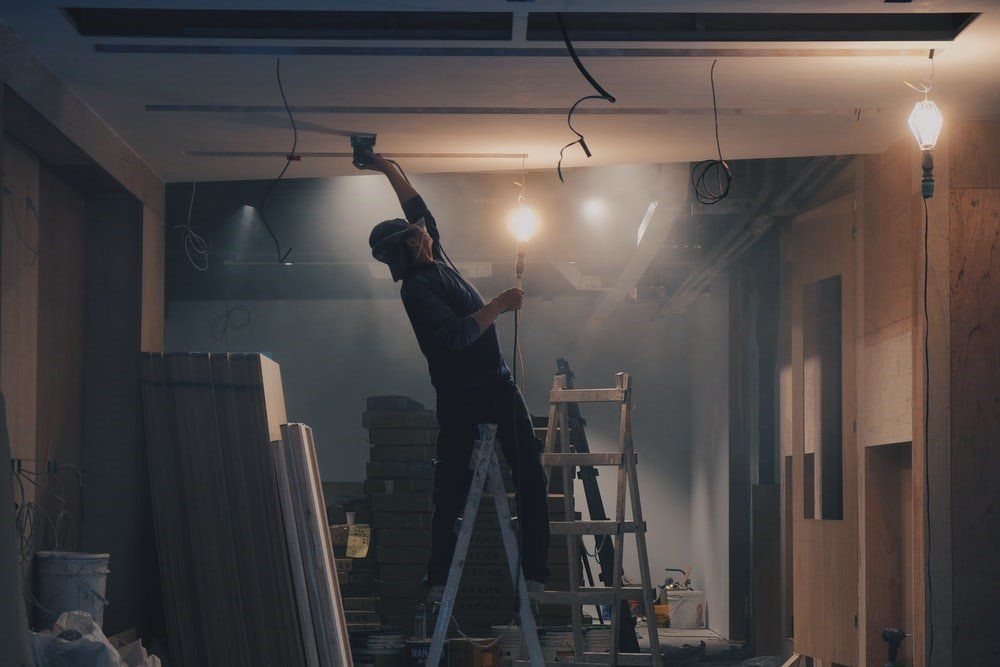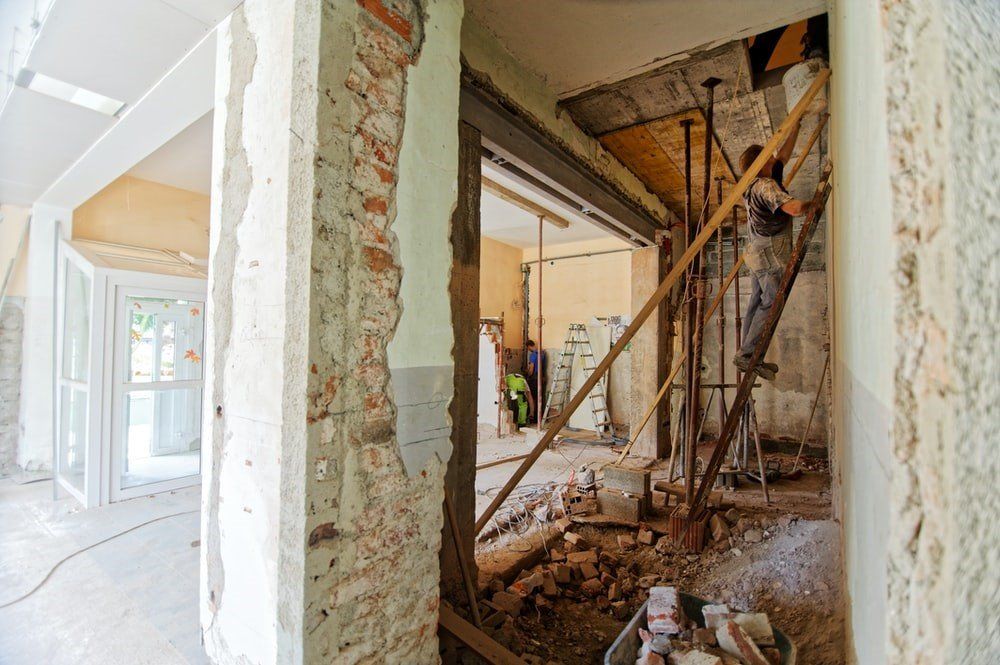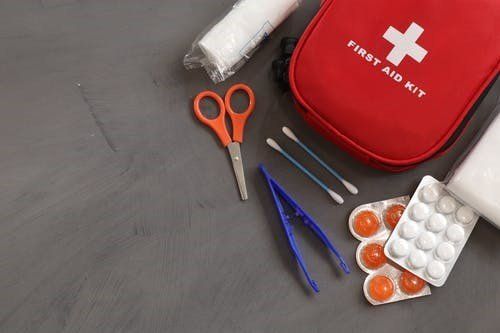5 Safety Tips for Working at Heights
Working at heights may lead to slip, trips, and falls, resulting in severe injuries. Here are some safety tips to avoid them.
Just a few feet of height can result in tragedy in case of slipping, tripping, or falling. In 2013, the number of fatalities reported as a result of falling from a height at a construction site was 221 — making it the leading cause of death and injuries in Newmarket, Ontario workplaces. This phenomenon was later coined as 'working at heights' where workers are subject to falling and injuring themselves. Learn these five safety tips to mitigate the risks of working at heights:
1. Use the Railing
Wherever you can, you must use the railing as a form of protection to keep yourself safe. It's the most straightforward fall protection system to install as there are many types of rooftop railing systems. However, the rail must be built to conform to the legal requirements of Reg. 213/91: CONSTRUCTION PROJECTS— if the rail looks unsatisfactory in its ability to withstand force and weight, not have a top rail, mid-rail, and toe-board, then chances are it's most probably illegal.
2. Select Adequate PPE
To comply with personal fall arrest systems (PFAS), you need to choose the right equipment despite the cost. For example, the full-body harness must comply with CSA standards. For each case, you'll want to evaluate your worker's conditions as well as the task being performed for adequately selecting protective equipment.
3. Inspection of PPE
Although PPE such as a harness and lanyard ensures protection, it's subject to wear and tear, which is why the user must inspect the equipment before every use. It must also be inspected annually by a competent individual — it doesn't take a lot of time, but it sure makes a lot of difference in preventing injuries and fatalities.
4. Understanding the Fall Distance
It's vital to properly calculate the minimum distance you need to use the fall protection equipment for proper fall clearance. More often than not, workers fail to engage with the equipment correctly, making it pointless to sport it in the first place. For example, when using a lanyard, you make sure you have the correct lanyard class based on the person's weight, and not forget to consider adding deployment length, i.e., a 4' lanyard may need another added 3.5'of deployment distance as is indicated on the lanyard's label. With many common fall protection set-ups, the location of the anchor itself is important. For example, with a simple shock-absorbing lanyard, the harness connection should also be attached above the D-ring at your shoulders or higher — imagine if you made the mistake of attaching this lanyard at your foot-level instead, it would add about 5' to your fall. While many people understand they must also account for their height, it's pretty easy to put on the PPE and make some 10' in errors —leading to 'bottoming out' (hitting the ground without the protection of the equipment) and adding the weight of an average moose in the force applied to the person's body when arresting their fall.
Note if an anchor fails in a fall, you have no fall protection. A permanent anchor point needs to be competently installed, approved by an engineer, and inspected annually (i.e., by an engineering firm). A temporary anchor can be created with an allowed building feature such as I-Beam when used in conjunction with a CSA-approved device, such as web/sling, as long as the manufacturer's instructions are carefully followed.
5. Equipment for Working at Heights
No one harness or fall protection solution fits the bill for all situations. For example, a scaffold may work best for one type of wall repair/painting or window washing situation but not another. A ladder requires 3-point contact, and therefore, is very limited for many kinds of "work."Alternatively, you can also use a lift and tie off properly, but maybe the lift is impractical in terms of cost for a small quick project. You will have a plan for all your jobs and the consideration of equipment required to improve your safety, such as fall protection PPE, to greatly cut down on risk. A little bit of thought and planning goes a long way!
Premier Proactive Education (PPE) LTD coaches you and your staff members for health &safety training along with consultation in Newmarket. Apart from CPO-approved working at heights safety, we also offer training courses and certification for First Aid, WHMIS, forklift, Propane, and Health &Safety Representative. You can avail training in-class, online, or onsite/mobile, depending on the nature of the course.
Location
Office and Training Facility:
#12-580 Steven Crt.,
Newmarket, ON, L3Y 6Z2
Business Hours
Monday - Friday:
8:30am - 4:30pm
Saturday & Sunday:
By appointment












